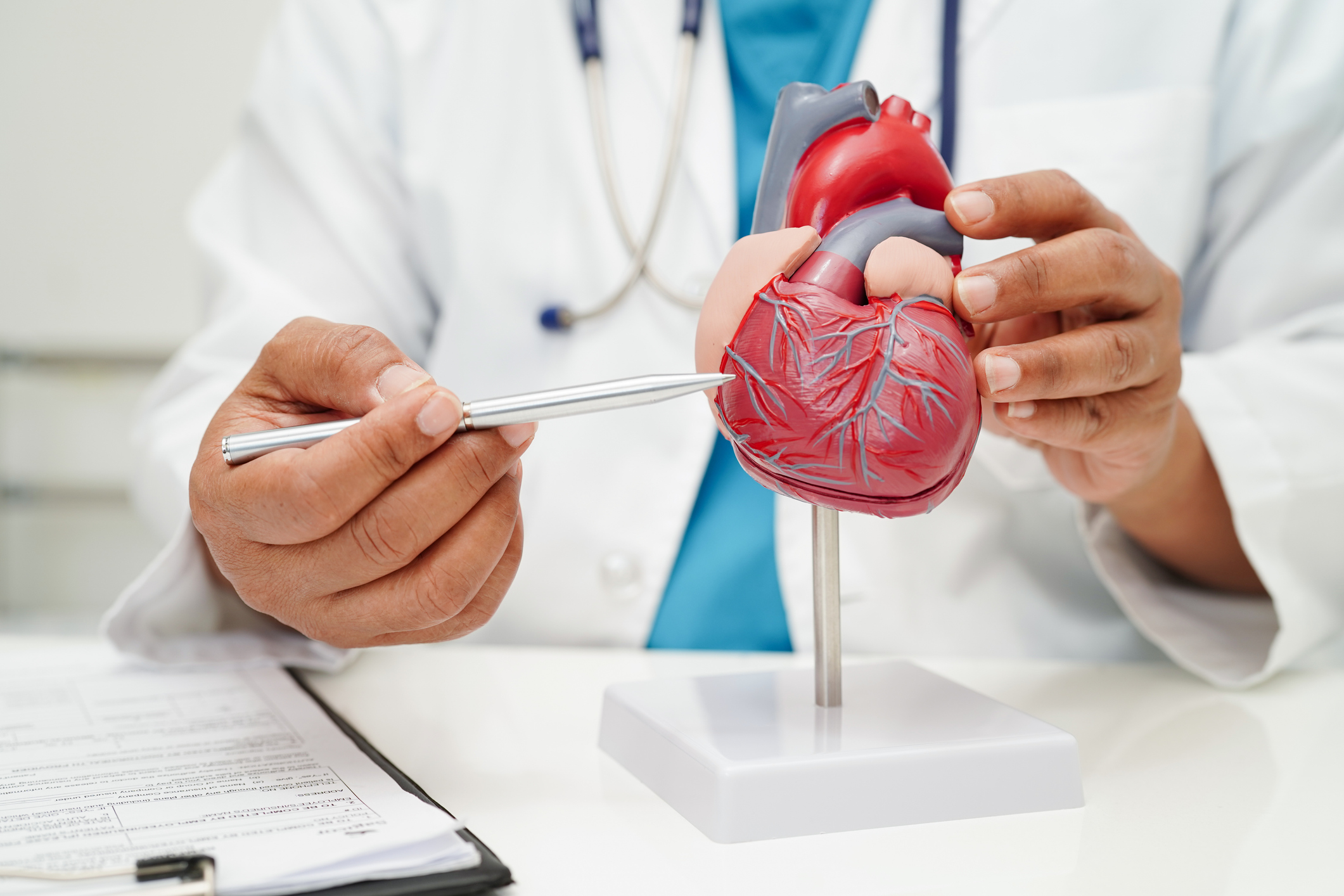Cardiac remote patient monitoring (RPM) is revolutionizing how providers can manage heart disease by providing real-time insights that reduce hospitalizations. RPM’s wearable sensors give cardiologists the ability to track key health metrics for their patients continuously, letting them know when symptoms begin to worsen so that they can intervene early. Let’s explore how this service has been able to benefit this care specialty, and what options are available to offices like yours.
How RPM Supports Cardiac Health
Cardiologists traditionally use in-person visits to assess patients with heart disease, but these periodic checkups may not be frequent enough to catch crucial warning signs. RPM bridges this gap by recording vitals like heart rate, blood pressure, and oxygen saturation so that providers have a more holistic view of each patient’s health over time.
The Scientific Basis for RPM in Cardiology
RPM data enables cardiologists to make informed clinical decisions based on trends rather than isolated data points. In turn, they’re better able to identify early changes in arrhythmias, worsening heart failure, and other cardiac complications before they affect patients. Not only are providers embracing the use of digital tools, but patients are also notably reaping the benefits as the University of Pittsburgh Medical Center saw a 76 percent decrease in hospital readmissions following the implementation of an RPM program.
Key Benefits of Cardiac RPM for Cardiologists
1. Early Detection of Cardiac Events
RPM alerts healthcare providers to abnormalities before they become medical emergencies. For example, wearable ECG monitors can detect irregular heart rhythms while a patient is at home, allowing a provider to schedule the necessary treatment and adjust their care plan.
2. Improved Medication Adherence
Patients with heart disease may struggle to follow their doctors’ orders when it comes to prescribed medications. RPM issues reminders and alerts so that patients are more likely to engage with their treatment.
3. Reduced Hospitalizations and Emergency Visits
By closely monitoring patients post-discharge, RPM minimizes readmissions and emergency visits. This allows hospital systems to conserve their resources, and offers them a key source of revenue generation through RPM reimbursements.
4. Personalized Patient Care
RPM promotes personalized treatment by analyzing individual patient data over time. Cardiologists can adjust therapies based on real-world patient responses, leading to better long-term management of conditions like hypertension and atrial fibrillation.
5. Enhanced Patient Engagement and Outcomes
Patients using RPM feel more connected to their healthcare providers, leading to increased engagement in their own care. This fosters healthier lifestyle habits and better adherence to prescribed therapies, ultimately improving outcomes.
How RemotePatientPro™ Elevates Cardiac Care
RPP offers a turnkey RPM platform that can be tailored specifically for cardiac care. Our system has the ability to integrate directly with your in-house EHRs so that you always have access to accurate and comprehensive patient data. Some key features of our program include:
- Advanced cardiac monitoring tools that provide continuous ECG, blood pressure, and heart rate tracking.
- HIPAA-compliant data security to protect sensitive patient information.
- Predictive analytics and AI alerts that help you identify important health trends.
- User-friendly interfaces for both patients and providers.
The Future of RPM in Cardiology
Heart disease may be the leading cause of death in the US now, but that could change with digital tools like remote patient monitoring. The ability to collect, analyze, and act on real-time patient data means that cardiologists now have a means of being proactive, rather than reactive, to the evolving needs of patient care.
Contact us today to learn more about how RemotePatientPro can benefit your team.


